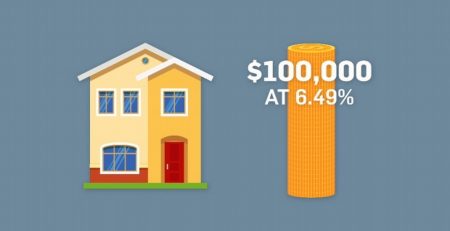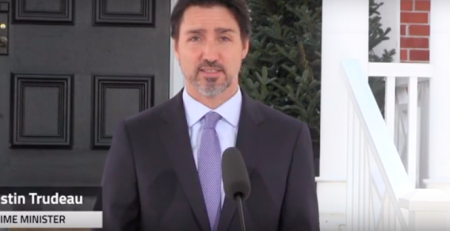What is the Qualifying Rate?
[Source: Invis, May 3, 2018]
You’re probably aware that there have been many mortgage rule changes over the last several years, and you’re almost certainly affected whether you’re an existing homeowner or first-time buyer. These rules are designed to ensure a stable long-term housing market, and to make sure Canadians can handle their debt should rates begin to rise.
As a result of the rule changes, lenders must ensure that you can handle payments at a certain qualifying rate. That rate will vary depending if your mortgage is high ratio (less than 20% equity/downpayment), or conventional (more than 20% equity/downpayment). The qualifying rate will be higher than the rate of your actual mortgage: a situation that some may find frustrating. But rest assured that your actual payments will be based on the lower mortgage contract rate that I negotiate for you.
Qualifying Rate for High Ratio Mortgages
The Department of Finance introduced the qualifying rate for high ratio mortgages in 2010. The high-ratio qualifying rate is a 5-year rate published every week by the Bank of Canada. The Bank surveys the six major banks’ posted 5-year rates every Wednesday and uses a mode average of those rates to set the official benchmark rate. Your lender is required to use this rate to calculate debt service ratios when reviewing mortgage applications for all insured high-ratio mortgages.
Qualifying Rate for Conventional Mortgages
The Office of the Superintendent of Financial Institutions (OSFI) implemented a new “stress test” or qualifying rate for conventional mortgages that went into effect January 1, 2018. This requires federally regulated lenders to qualify all new conventional mortgages at whichever rate is higher: the benchmark rate (described above), or your actual contracted mortgage rate plus 2%. An interesting outcome is that this qualifying rate is often higher than the rate used when qualifying high-ratio mortgages where there is less equity or downpayment.
Why the difference? One reason is simply because these rules were implemented by two different government bodies.
While mortgages have become more complex, this doesn’t mean that Canadians can’t get into their dream homes, consolidate debt, take out equity, or buy a second property. It just means that if you have an upcoming new mortgage need, we should discuss your plans as early as possible. I have access to many lenders that aren’t federally regulated and strategies that you can employ to improve your credit and ensure you are in the best situation possible when you need financing. I am here to help you so please get in touch at any time.











